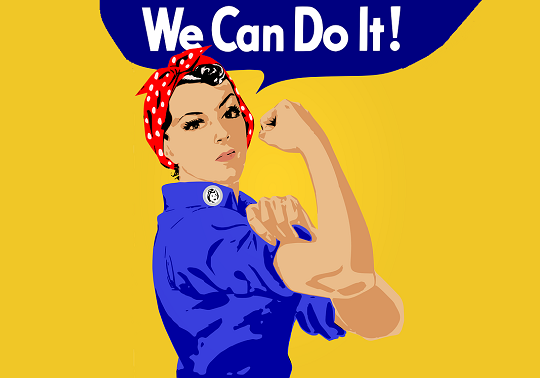
The Washington Post highlights a study on violence against women carried out by Enrique Gracia, from the Universitat de València
13 june 2016
A few days ago, The Washington Post reported on a study about violence against women and the Nordic paradox, carried out by Enrique Gracia from the Universitat de València and by Juan Merlo from the University of Lund.
The index of gender gap at the 2015 World Economic Forum -a world ranking measuring the gap between sexes in education, health, economic opportunity and political representation- states that the highest position are those of the four Nordic countries: Iceland, Norway, Finland and Sweden. Despite this data, Nordic countries are very far from ideal countries for women as they hold a very high amount of gender violence.
38.6% of all murdered women are so in the hands of their partners, states a study by the London School of Hygiene and Tropical Medicine. The European Union Agency for Fundamental Rights allocates the three EU Nordic countries -Sweden, Finland and Denmark- as the most violent countries against women in Europe. As an example: the EU develops a ranking on women who have experimented physical and/or sexual violence by their current or previous partners since they were fifteen in each country of the EU (%); Denmark holds a 32%, Finland a 30% and Sweden a 28% while the EU average is that of 22% and Spain holds a 13%.
The surprising part of this study is that it shows that a more egalitarian society does not correspond to a society with less violence against women. European levels holding relatively low levels of gender equality such as Italy or Greek have lower levels in this ranking.
This study leads us to think on the possibility of a greater gender equality offers women more ways to report violent acts they may suffer without it meaning that there are more acts per se; despite, the fact is that countries with less equality do not have such liberties or ways to report these aggressions. The EU ranking appoints that “gender equality may drive towards greater levels of dissemination on violence against women”.
A more egalitarian society does not correspond to a society with less violence against women
Gracia and Merlo consider this possibility, but they are not convinced by it. They state that the EU ranking defends that an average of 20% women in Europe report on the aggression while only a 10% do so in Denmark and a 17% in Sweden.
Gracia and Merlo also appoint that it is necessary to research more on this topic and relate it to all social factors which may come with it in order to understand better the reality of the problem we are here facing.










